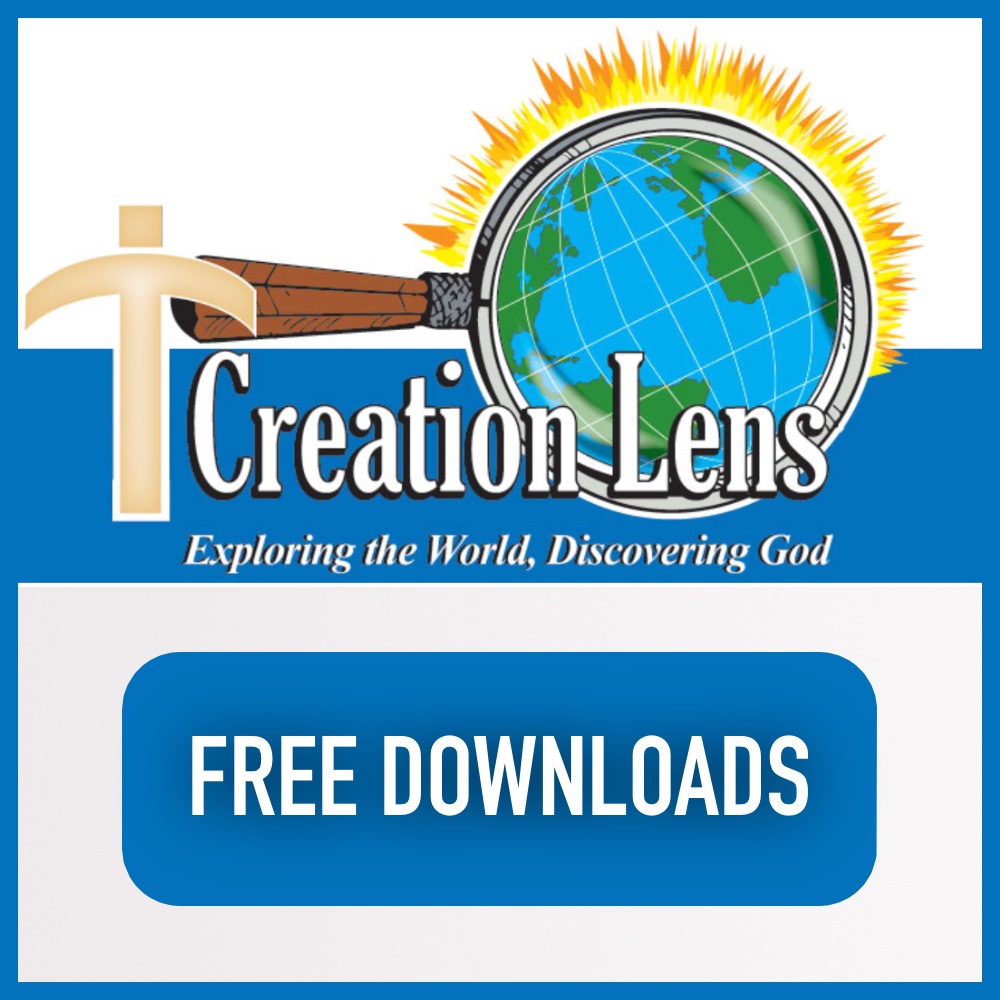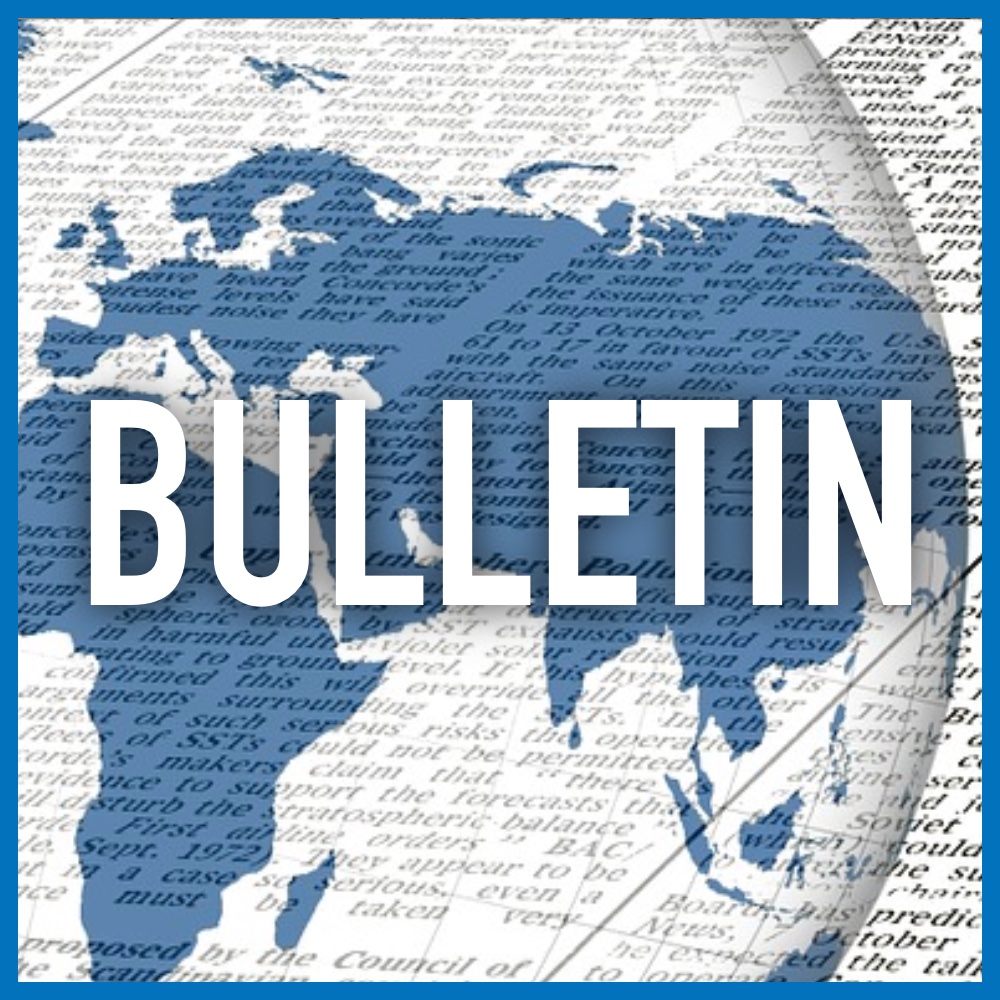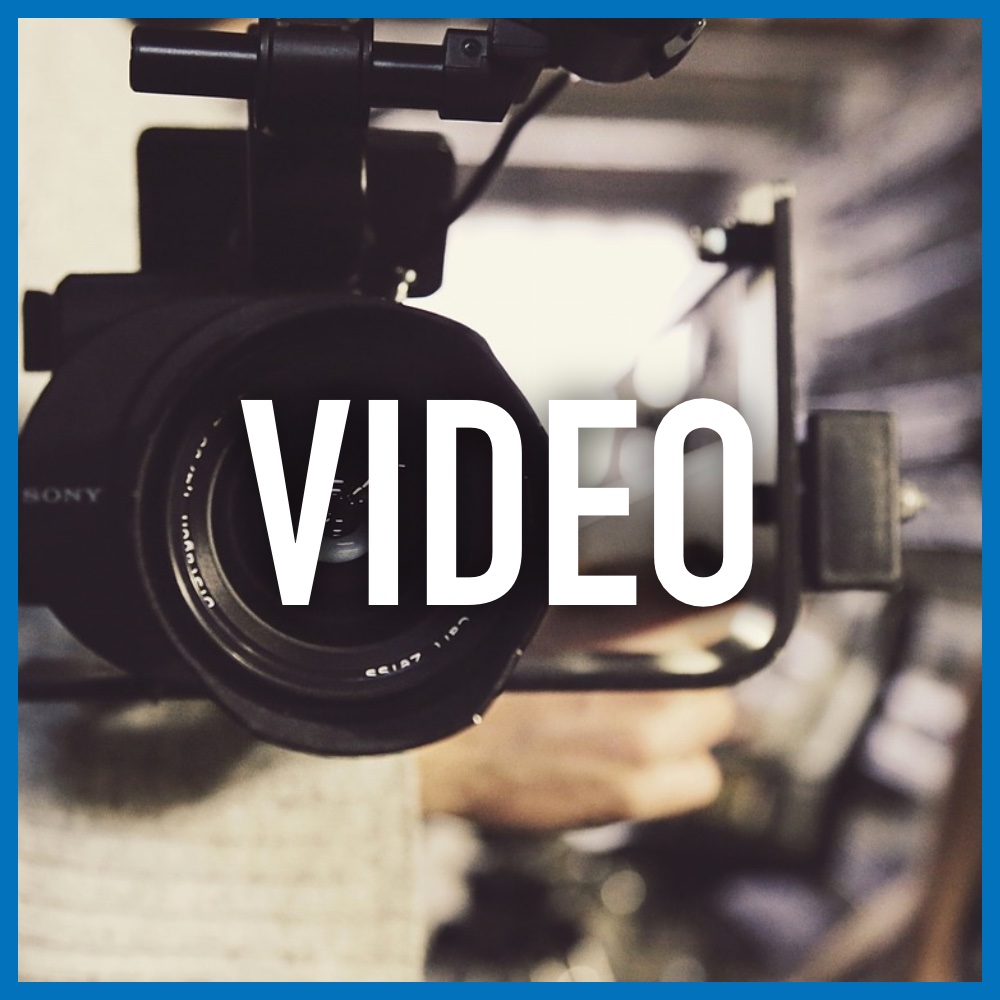[et_bloom_locked optin_id=optin_2]
For The Teacher
Please review the learning materials For The Teacher before proceeding.
What are the EWDG Lessons?
“Exploring the World, Discovering God” (EWDG) lessons are an interfacing of a science component with a religion component. The lessons are organized into Life Science, Earth Science, and Physical Science sections. The concept for the lesson is demonstrated in both the science and the religion components. The lesson is designed to fit into your teaching unit. The lessons are activity based, requiring very ordinary, inexpensive, and easily obtained materials. We did not attempt to create an entire curriculum. The teacher should pick those lessons which will enhance the curriculum.
What are the State Standards for the Lessons?
Each state sets Science Standards. Since these lessons were initially developed in Missouri, the particular concept may be listed under another grade level in your State Standards. The teacher is advised to check various grade levels to see if there is a concept which fits your State Standards. While the lessons are listed under each grade level, Pre-K—grade 8, the teacher is also advised to look for the concept and then judge if the lesson is suited to the ability of the students
“HERD” Seal of Approval Awarded to EWDG
The Home Educators Resource Directory (HERD) (www.homeeddirectory.com) notified EWDG in May, 2011, that they were recipients of the HERD Seal of Approval “… in recognition of your support to the home school community.” This official seal notifies users that www.Creationlens.org is an approved HERD resource.
What is contained in the Lessons?
In each lesson document, you will find the Title, General Concept, Science Lesson Concept, Religion Lesson Concept, Goals of Science and Religion Lessons, Outcomes Expected, Materials Needed, and step-by-step Methodology sections. The step-by-step methodology section assists teachers of varied levels of experience to successfully teach the lesson. The Resources, Links, and Computer Lesson sections follows. The websites referenced in the lessons were accurate at the time of publication. In addition, the teacher will find a teacher list of Key Words of the lesson as well as a reproducible student Key Word page at the end of the lesson document.
What faiths are covered in the Lessons?
Each lesson has a faith/religion component. In an attempt to be interdenominational there is a Catholic component and a Christian component for each lesson. We realize that the Christian Community is a marvelously varied entity. The teacher may have to adjust the Christian Lesson for the particular denomination.
The Materials
Click on the following zip files and download them to your computer.
[/et_bloom_locked]
Creation Lens: Exploring the World, Discovering God (EWDG) is the culmination of a six-year pilot program, which was the vision of Father Robert A. Brungs, SJ, director of the Institute for Theological Encounter with Science and Technology (ITEST).
Exploring the World, Discovering God (EWDG) is a series of faith/science lessons available to teaching professionals. The project was largely funded by a grant from the Our Sunday Visitor Institute and developed by ITEST.
As part of the development process, an Advisory Council was established to set guidelines for the development of the lessons, to review the completed pilot lessons and finally to evaluate the entire set of lessons available on this web site to ensure that only the highest standards of science, theology, and education are presented.
A Creative Teacher Think Tank was also established. Nominated by their principals and fellow teachers, this group of creative teachers met regularly on Saturday mornings to write and review the lessons. Additional Creative Teacher Tank sessions were held in Fall River, MA, Grand Rapids, MI, San Antonio, TX, and St. Louis, MO to write additional lessons for Pre-K to Grade 8
Faith/science lessons originally developed in phase one of the program for testing in the Pilot Schools were taught in Kansas, Michigan, Missouri and Texas. The Pilot Schools included urban and suburban schools, traditional and home-schooling programs, and the population of the schools varied from seven students to 700 students. Representing phase two of the program for grade 5-8, selected lessons developed in the Creative Teacher Think Tank, were taught during the 2010-2011 school year in the metropolitan Fall River, MA, Grand Rapids, MI and St. Louis, MO areas.
More than 250 faith/science lessons are currently available for grades, Pre-Kindergarten through Grade Eight. Each lesson calls for the teacher’s conscious interfacing of the scientific concept to the faith concept with the students. There are lessons for Life Science, Earth Science and Physical Science. There is also an introductory lesson for most grade levels called “Be a Scientist” highlighting one science skill. The teaching and application of science skills is built into each lesson. The Faith aspect of the lessons consists of concepts and practices from both non-Catholic Christians and Catholic Christians concepts.
Phase Two of the program has been completed and a new set of modules (Catholic Christians and non-Catholic Christians) for grade 5 – 8 have been pilot-tested, evaluated and approved.
Phase Two of the lessons (5-8) contains a major difference compared to the lower grades: First, in grades 5-8, the science teacher and religion teacher are often two different people. Therefore, a coordinated effort is required which usually involves the school principal. The timing of content being covered in the religion class and that of the science class will probably need to be adjusted. Second, we found that the level of coverage of scientific topics varies greatly from district to district, school to school and grade to grade. Therefore, a lesson we have listed for 6th grade, for example, might, in some instances, be better taught in 5th grade to coincide with the curriculum for a specific district, school, and so on. we leave that up to the discretion of the teachers.
Of course the level of scientific capability expected of the students at this level rises considerably above that of the primary grades; attention to data-taking, working together, and other aspects of scientific learning are utilized in these lessons, just as in a regular science class. What is exceptional about these EWDG lessons is the way in which a connection is established between a faith concept and a science concept. Underlying our entire program is the premise that religion and science are not opposed, but are complementary paths to knowledge.
An individual teacher may find merit in a “mix and match” strategy. Suppose a religion topic within a particular EWDG module is covered at a different time; it may well be advantageous to merge portions of two or more modules into a lesson that better supports the existing school curriculum in both areas. The point of each module is to convey the compatibility of faith and science, not to belabor specific analogies.
[et_bloom_inline optin_id=optin_1]
Cardinal Rigali Center
20 Archbishop May Drive
St. Louis, MO 63119
314.792.7220
www.faithscience.org
E-mail: itest@archstl.org

© Copyright ITEST Institute





